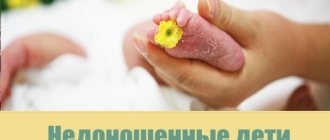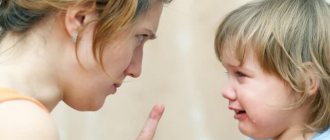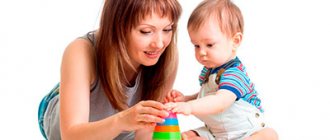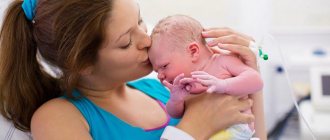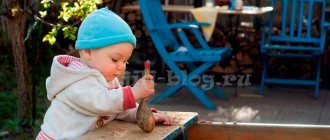Health under supervision
Children are the flowers of life, and like any flowers, they need proper and loving care. Caring for the health of the younger generation is the main parental function.
So that you can be sure that you are doing everything necessary for the health and full development of your baby, we decided to talk about the criteria by which you can judge the physical and mental well-being of a 3-4 year old child.
Most often, at the age of 3, the child first gets acquainted with kindergarten. He comes to it with a medical record, which is created for the entire duration of his stay in the preschool institution. The card is filled out by specialized medical specialists during an extensive medical examination. Even if your child does not enter preschool at age 3, it does not hurt to undergo a large-scale examination to ensure that your child is developing within normal age limits.
Medical examination of a child at 3 years old upon admission to kindergarten:
- Pediatrician,
- Neurologist,
- Surgeon,
- Dentist,
- Ophthalmologist,
- Otolaryngologist,
- Psychiatrist,
- Gynecologist/urologist,
- General blood and urine tests,
- Blood glucose level test,
- Examination of stool for helminth eggs.
Following the scheduled examination at 3 years old, the child will visit the clinic at 4 years old; he will be examined by a pediatrician, a surgeon, and asked to donate blood and urine.
If there are indications for additional examination, the pediatrician will give the necessary referrals to specialized specialists. Children attending kindergarten often undergo examinations on the territory of the preschool institution: doctors come to them themselves.
According to the vaccination schedule, the age of 3 to 4 years is a time for a child to rest from the intense vaccination of the first 2 years. Until the age of 6–7 years, when the second wave of vaccination and revaccination begins, the child is examined for tuberculosis (Mantoux test) once a year.
Health tables
How to find out if your child is growing fast enough? There are special tables that you can trust. If your baby's readings are within the normal range, it is better to consult a doctor.
Physical indicators of children 3 and 4 years old (according to data accepted in Russia)
3 years
Boys height 96.1 cm weight 14.3 kg head circumference 49.5 cm
Girls height 95.1 cm weight 14.3 kg head circumference 49.3 cm
4 years
Boys height 103.3 cm weight 16.3 kg head circumference 50.2 cm
Girls height 102.7 weight 16.3 kg head circumference 48.5 cm
Requirements for the skills of a three-year-old child in kindergarten, according to the Federal State Educational Standard
In the legislation of the Russian Federation, there are standards for preschool education, which indicate the use of curriculum in kindergarten and determine the scope of their implementation. Essentially, the Federal State Educational Standard is a list of requirements for the skills of children attending educational institutions of various types, prescribed in legislative acts.
The program indicates that regardless of the forms and methods used in teaching preschool children, their following skills should be developed:
- social - communicative;
- speech;
- educational;
- artistic and aesthetic;
- physical.
The normative act also provides a detailed explanation of the above skills and the expected levels of their proficiency for children of different ages.
It is indicated that the training program consists of a mandatory part and an additional one, which is compiled at the discretion of the kindergarten teachers. The document also describes additional options for its use for children with special needs and inclusive education.
A separate paragraph in the document highlights targets for young children, which include:
- developing children's interest in the environment and its knowledge;
- mastering simple everyday skills;
- active speech development using situational exercises;
- communication with peers and adults;
- the study of culture and art with the subsequent use of knowledge;
- physical exercises to develop gross motor skills.
All kindergartens in Russia are guided by this regulatory document to draw up their programs for the education and development of children.
As for skills, it is desirable that when a child enters kindergarten he can:
- eat independently using a spoon and drink from a cup;
- use the potty;
- speak in simple phrases;
- take off/put on at least simple items of clothing.
See also:
How to teach a 6-8 month old child to crawl on all fours?





